You might be eating all the right things—but what if some of them are quietly working against you? From canned goods to conventionally grown produce, many everyday foods can introduce unwanted chemicals, preservatives, or contaminants into your body. The good news? Other foods can help clear the clutter. With the right choices, your meals can support your liver, boost natural detox pathways, and help your body function at its best. In this guide, we’ll uncover 10 common foods that may be toxic—and 10 powerful, natural detoxifiers to help you clean up from the inside out.
1. TOXIC: Processed Meats

From deli slices to hot dogs, processed meats are pantry staples—but they come with serious health concerns. These products are often preserved with nitrates and nitrites, which can convert into carcinogenic compounds during digestion.
Frequent consumption has been linked to increased risks of colon cancer and other chronic diseases. Additionally, many processed meats contain high levels of sodium and saturated fat, contributing to inflammation and cardiovascular stress. While convenient, these meats offer little nutritional value compared to fresh, lean proteins. Limiting intake and opting for minimally processed alternatives can significantly reduce your toxic load and protect long-term health.
2. TOXIC: Artificial Sweeteners
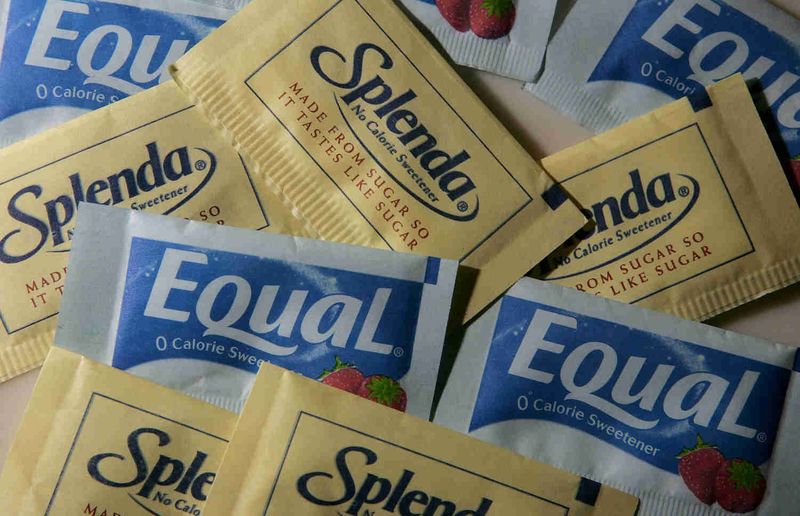
Swapping sugar for calorie-free sweeteners might sound like a smart move, but artificial options like aspartame and sucralose can disrupt more than just your diet. Some studies suggest they interfere with gut bacteria, potentially impacting metabolism, mood, and immune function.
While the FDA has approved many of these substances, emerging research raises concerns about long-term use. In certain people, they may also trigger headaches or digestive discomfort. If you’re looking to curb sugar without synthetic risks, consider natural alternatives like stevia or monk fruit. When it comes to sweetness, moderation and mindfulness are key.
3. TOXIC: Non-Organic Produce
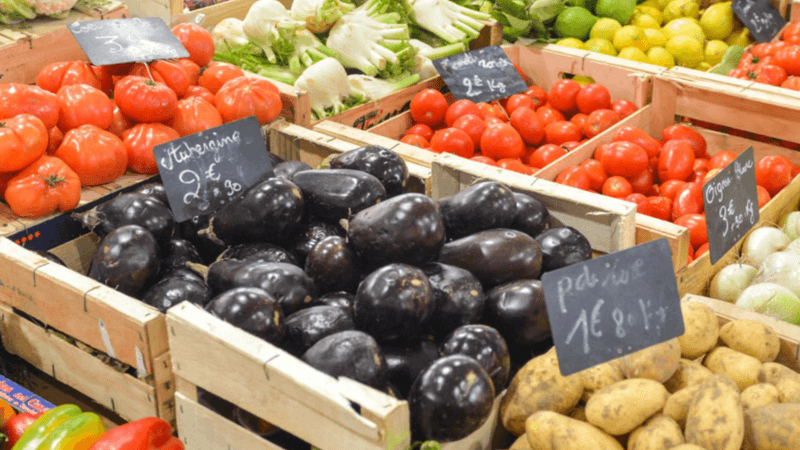
Fruits and vegetables are essential for good health—but when grown conventionally, they often come with a side of pesticide residue. Items like strawberries, spinach, and apples regularly appear on the Environmental Working Group’s “Dirty Dozen” list for high contamination levels. Even after washing, traces of harmful chemicals can remain and accumulate in the body over time. Chronic exposure may affect hormone balance, brain health, and liver function. Buying organic or thoroughly washing produce with baking soda and water can help lower your exposure. The goal isn’t to skip veggies—but to choose the cleanest ones available.
4. TOXIC: Farmed Fish

Fish is often touted as a health food, but not all seafood is created equal. Farmed fish like tilapia or Atlantic salmon are frequently raised in crowded pens and treated with antibiotics to prevent disease—conditions that can lead to chemical accumulation in their flesh. Studies have found higher levels of dioxins, PCBs, and other pollutants in farm-raised varieties compared to wild-caught fish. While affordable and accessible, these options may introduce toxins instead of promoting health. Choosing wild-caught fish when possible helps ensure you’re getting the omega-3s and protein benefits—without the chemical baggage.
5. TOXIC: Canned Foods
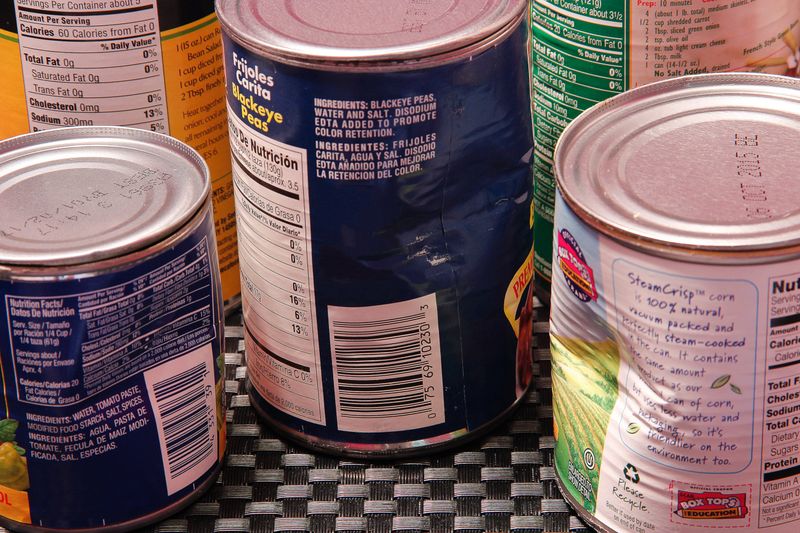
That shelf-stable convenience may come with a hidden health cost. Many canned foods are packaged in containers lined with bisphenol A (BPA), a chemical linked to hormone disruption and metabolic issues. BPA can leach into the food, especially in acidic items like tomatoes or soups. Although some manufacturers have transitioned to BPA-free linings, the alternatives may still raise concerns. The best way to minimize exposure is by choosing fresh, frozen, or jarred products when possible. If you do buy canned goods, look for BPA-free labeling and avoid reheating food in the can.
6. TOXIC: Microwave Popcorn

That buttery aroma might signal movie night, but microwave popcorn often comes with more than just crunch. Many bags are lined with PFOA (perfluorooctanoic acid), a chemical linked to thyroid dysfunction and certain cancers.
The artificial butter flavoring can also contain diacetyl, which may pose risks to lung health when inhaled. While popcorn itself can be a healthy whole grain, it’s the packaging and additives that raise concern. For a safer snack, air-pop your own kernels and season them naturally. This simple swap delivers the same satisfying crunch—minus the toxic baggage that can come with prepackaged convenience.
7. TOXIC: Charred Meats

Grilling might add flavor, but blackened edges come with hidden hazards. When meat is cooked at high temperatures—especially over an open flame—it forms harmful compounds like heterocyclic amines (HCAs) and polycyclic aromatic hydrocarbons (PAHs).
These substances have been linked to inflammation and increased cancer risk. The longer and hotter the cook, the more toxins can accumulate. To reduce exposure, cook meats at lower temperatures, marinate beforehand, or trim off charred bits. Barbecue doesn’t have to be off the menu—but adjusting your technique can keep the flavor and ditch the harmful byproducts that can sneak in with the smoke.
8. TOXIC: Red Kidney Beans (Raw or Undercooked)
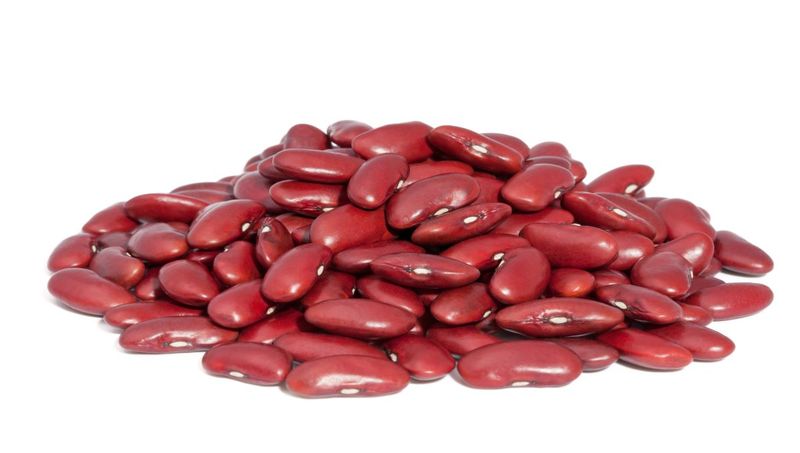
They may seem harmless, but raw or improperly cooked red kidney beans can pack a dangerous punch. These legumes contain phytohaemagglutinin, a natural toxin that can cause nausea, vomiting, and diarrhea if not neutralized by proper cooking. Slow cookers, which may not reach high enough temperatures, are particularly risky if used without pre-boiling. To safely enjoy kidney beans, soak them for at least five hours and then boil for 10 minutes before adding to recipes. It’s a small precaution that prevents a potentially intense reaction—and ensures this protein-rich staple remains a safe and healthy part of your meals.
9. TOXIC: Strawberries
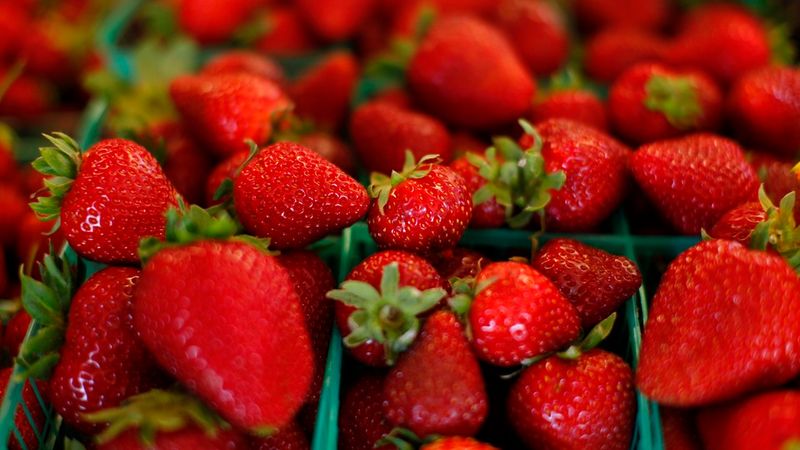
Juicy and sweet, strawberries seem like a perfect health food—but they regularly top the charts for pesticide contamination. Their thin skin and porous surface make it easy for chemicals to linger, even after washing. Conventional strawberries may carry residues from multiple pesticides, some of which are linked to hormone disruption and developmental concerns. While the fruit itself is rich in vitamin C and antioxidants, how it’s grown matters. Buying organic when possible—or at least thoroughly rinsing with a baking soda solution—can help reduce exposure. Clean fruit, after all, is about more than just appearances.
10. TOXIC: High-Mercury Fish
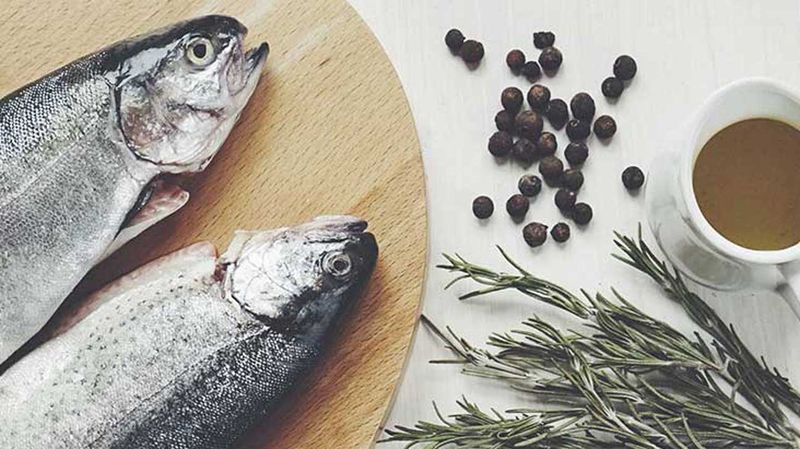
Not all seafood is created equal, especially when it comes to mercury content. Large predatory fish like shark, swordfish, and king mackerel accumulate mercury over time, a heavy metal that can harm the nervous system—especially in children and pregnant individuals.
Chronic exposure may lead to fatigue, brain fog, and coordination issues. While fish is a great source of protein and omega-3s, choosing low-mercury options like salmon, sardines, or trout is a safer bet. Enjoying the benefits of seafood without the hidden toxicity is all about making mindful, species-specific choices.
11. DETOX: Cruciferous Vegetables
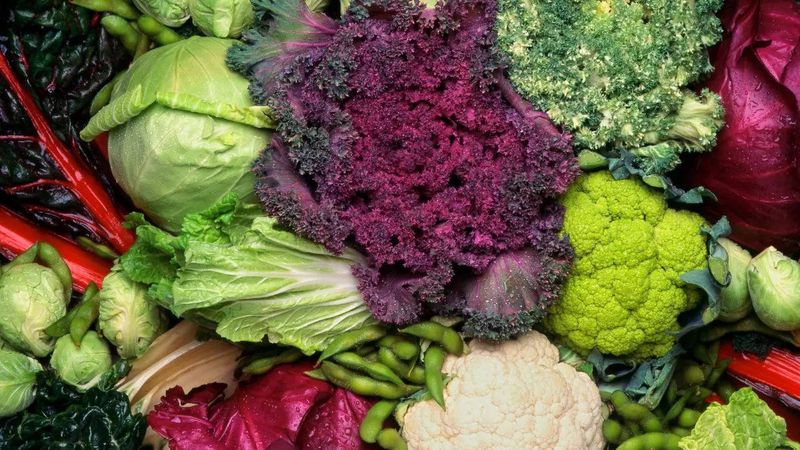
When it comes to detox support, few foods match the power of cruciferous vegetables. Broccoli, Brussels sprouts, cabbage, and cauliflower contain glucosinolates—sulfur-containing compounds that activate liver detoxification enzymes and help neutralize harmful toxins.
These vegetables are also high in fiber, supporting digestion and regular elimination. Their antioxidant content fights oxidative stress, which can burden your detox systems over time. Lightly steaming them helps preserve their benefits while improving digestibility. Including a variety of these veggies in your weekly meals is a flavorful way to support your body’s natural cleansing processes without needing to rely on fad diets or juice cleanses.
12. DETOX: Leafy Greens
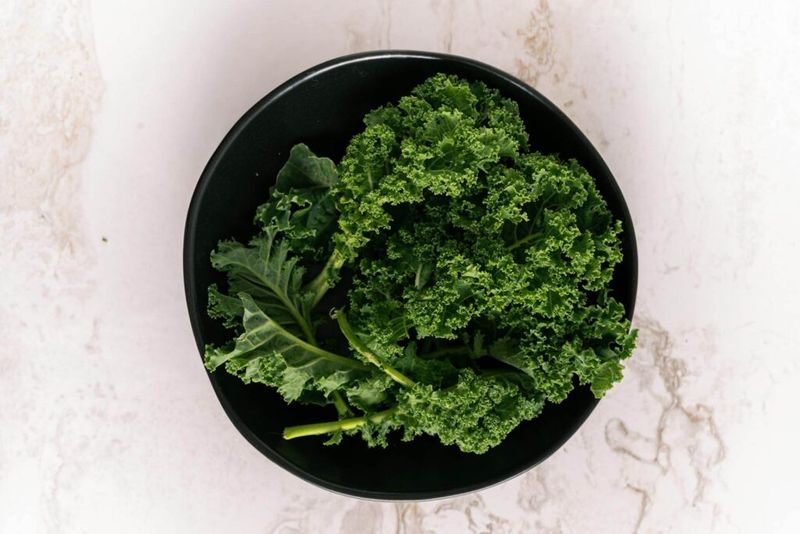
A vibrant mix of kale, spinach, arugula, and dandelion greens provides a natural boost to the body’s detox systems. These greens are packed with chlorophyll, a plant pigment that helps clear environmental toxins from the bloodstream and supports liver health. Their high fiber content aids in digestive regularity, while magnesium and potassium support kidney function and cellular hydration. Bitter greens like dandelion or mustard also stimulate bile production, which plays a key role in fat digestion and toxin elimination. Whether blended into smoothies, sautéed, or tossed in salads, leafy greens are a gentle, effective way to detox from the inside out.
13. DETOX: Lemon
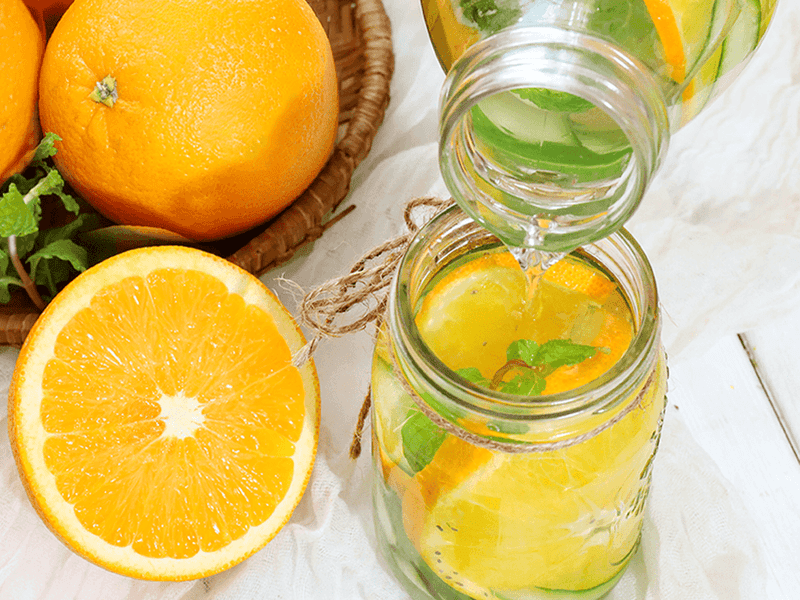
A simple squeeze of lemon in your water may do more than add flavor—it could also kickstart your body’s natural cleansing processes. Lemons are rich in vitamin C, a potent antioxidant that supports liver enzyme activity and strengthens the immune system. They also encourage hydration, which is crucial for flushing out toxins through the kidneys and urinary system. The citric acid in lemons may also aid digestion and help balance pH levels. Starting your day with warm lemon water is a small habit with big potential benefits—easy, inexpensive, and refreshingly cleansing for your system.
14. DETOX: Green Tea

Sipping green tea isn’t just soothing—it’s also smart for your detox goals. This antioxidant-rich drink contains catechins, especially EGCG, which enhance liver function and protect against cellular damage caused by toxins. Green tea also acts as a mild diuretic, supporting kidney function and promoting fluid balance.
Unlike sugary energy drinks, it provides a gentle caffeine boost without the crash, helping improve focus and energy naturally. Drinking a few cups a day offers a steady dose of polyphenols that support your body’s defense systems. Choose high-quality loose-leaf or organic tea to maximize the benefits with minimal additives.
15. DETOX: Garlic
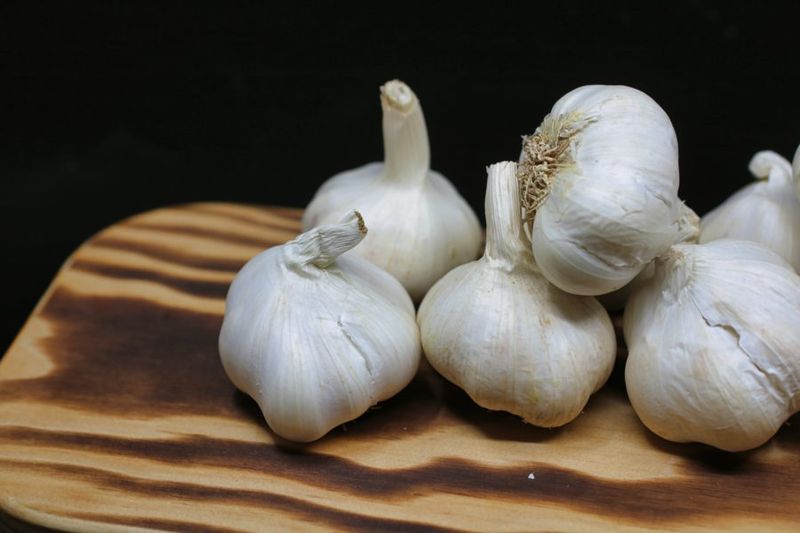
Garlic does more than spice up your meals—it supports detox at a cellular level. It contains allicin and other sulfur compounds that stimulate liver enzymes responsible for breaking down and flushing out toxins. Garlic also has antiviral, antibacterial, and anti-inflammatory properties, helping the body fight off harmful invaders that can burden your system. Just a clove or two a day—crushed and allowed to sit for a minute before cooking—can amplify its detoxifying effects. Whether added to soups, stir-fries, or dressings, garlic offers a potent way to naturally cleanse the body and support long-term wellness.
16. DETOX: Beets
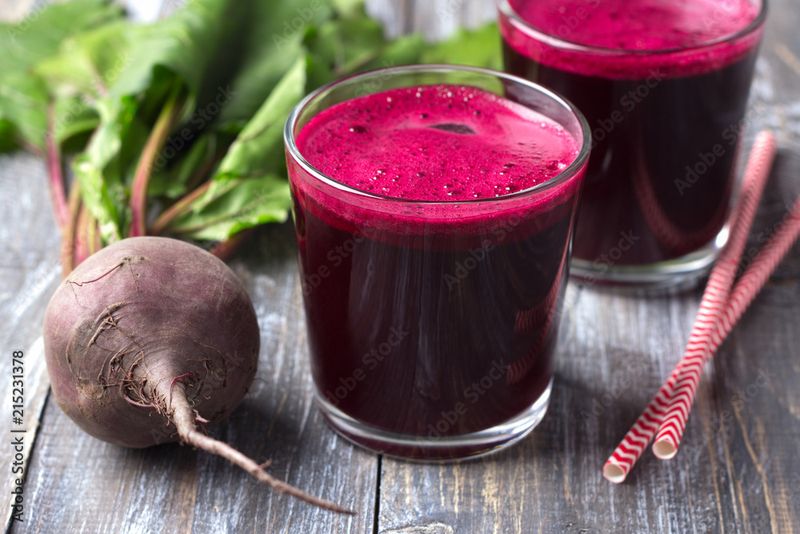
Few foods support liver detox quite like beets. Their deep red color comes from betalains, powerful antioxidants that reduce inflammation and support the body’s phase two detoxification pathways. Beets also contain fiber, folate, and nitrates, which help improve blood flow and oxygen delivery—essential for flushing waste efficiently. They assist in breaking down toxins into water-soluble forms the body can easily eliminate. Whether roasted, juiced, or grated raw into salads, beets bring earthy flavor and serious detox support. Regularly including beets in your diet can help revitalize sluggish digestion and give your liver a much-needed boost.
17. DETOX: Turmeric
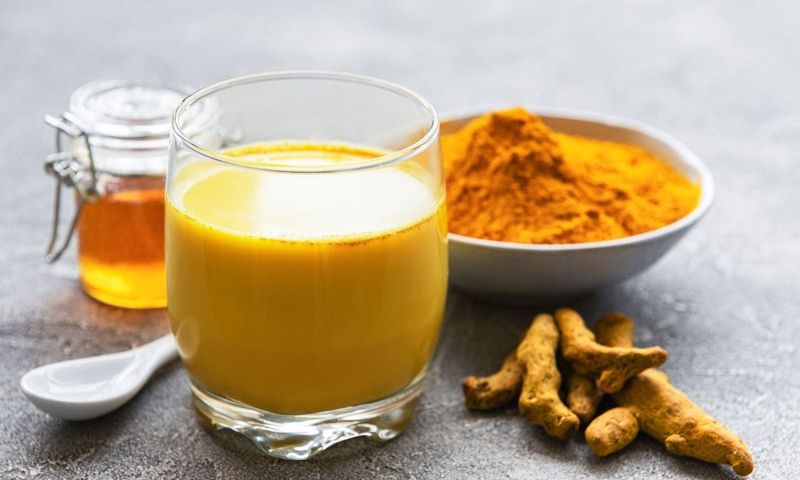
This golden-hued spice has been treasured for centuries for its healing powers, especially when it comes to inflammation and detoxification. Turmeric’s active compound, curcumin, stimulates bile production and supports enzymes that help neutralize toxins in the liver.
It also protects liver cells from damage caused by environmental stress and poor diet. Turmeric pairs best with black pepper, which significantly boosts curcumin’s absorption. Whether stirred into curries, smoothies, or taken as a supplement, turmeric is a warming, powerful addition to any detox-friendly routine. Its antioxidant properties support the body’s natural cleansing systems while calming inflammation throughout.
18. DETOX: Avocado
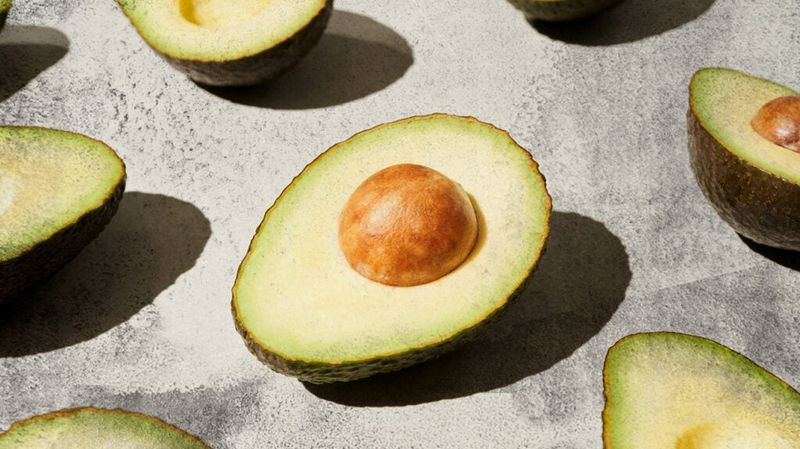
Creamy, satisfying, and nutrient-dense, avocados offer detox benefits far beyond their delicious taste. Rich in glutathione—a powerful antioxidant crucial for liver function—avocados help neutralize harmful substances and assist in their breakdown. They also provide monounsaturated fats, fiber, and potassium, all of which support healthy digestion and hydration. Avocados promote the absorption of fat-soluble vitamins (A, D, E, and K), which are essential for tissue repair and immune health during detox. Enjoyed in salads, smoothies, or on toast, avocados fuel your body with clean energy while aiding in the removal of unwanted waste.
19. DETOX: Chlorella
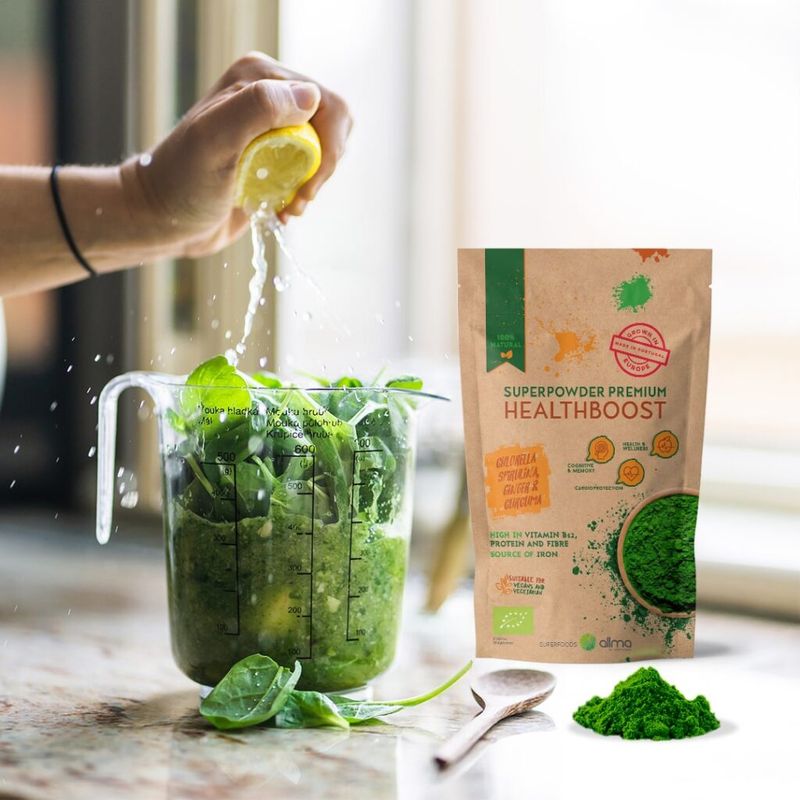
This vibrant green algae may be tiny, but it delivers mighty detox benefits. Chlorella binds to heavy metals and environmental pollutants, helping escort them safely out of the body. It’s also packed with chlorophyll, which supports oxygen transport and cellular cleansing.
Rich in protein, iron, and vitamins, chlorella boosts immunity while nourishing tissues during detoxification. It’s most often taken as a supplement in powder or tablet form. For best results, choose a “cracked cell wall” chlorella to improve absorption. As part of a detox-focused lifestyle, this superfood helps sweep away toxins and revitalize the system.
20. DETOX: Cilantro
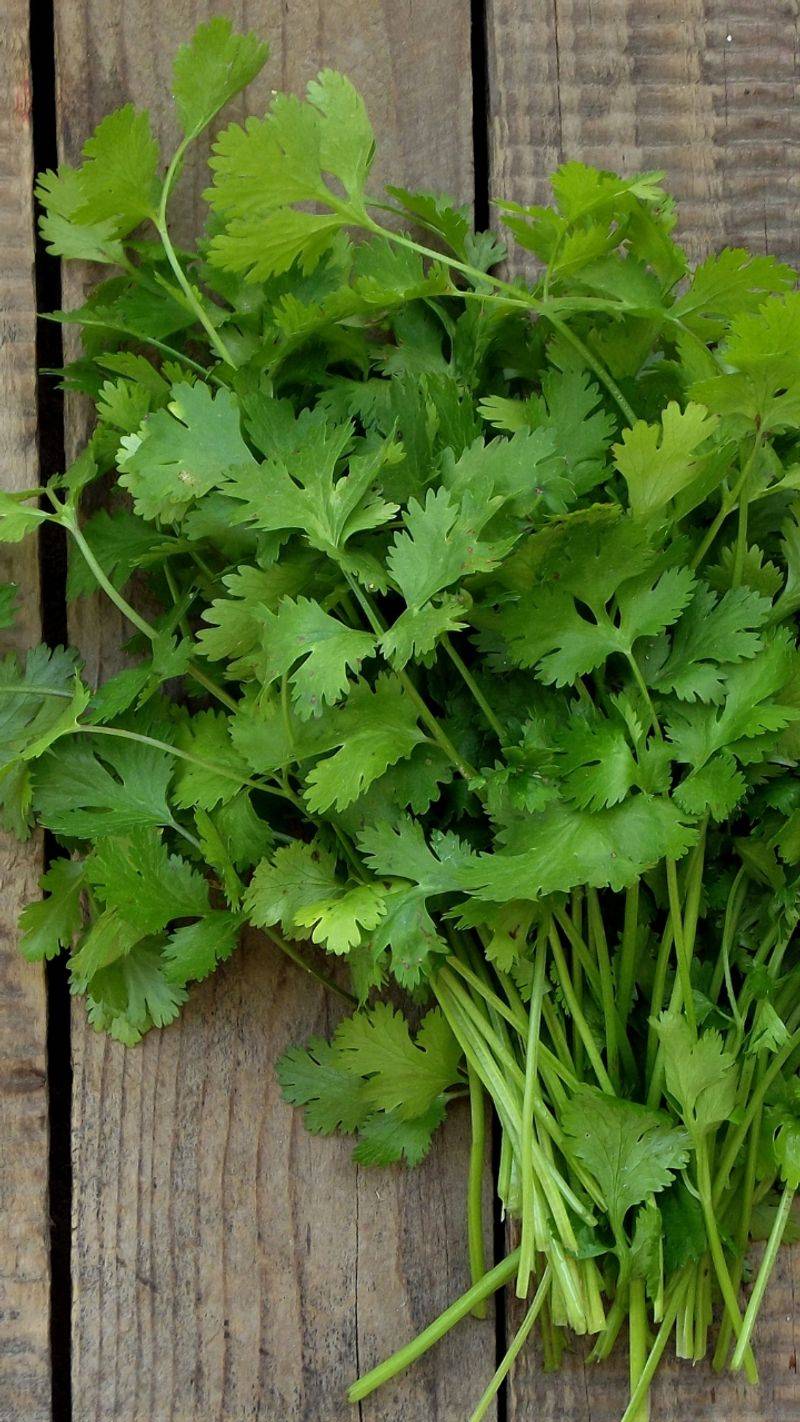
Often used as a garnish, cilantro is surprisingly effective at binding to heavy metals like lead and mercury, aiding in their removal from the body. Its chelating abilities help lighten the toxic burden on the liver and kidneys. Cilantro also contains antioxidants and essential oils that support digestion and reduce oxidative stress. Whether blended into smoothies, tossed into salads, or chopped into salsas, it adds bright flavor and potent detox power to your plate. Including cilantro regularly in your diet is a simple way to enhance your body’s natural cleansing processes while freshening up your meals.
Leave a comment